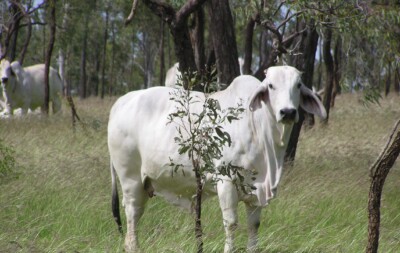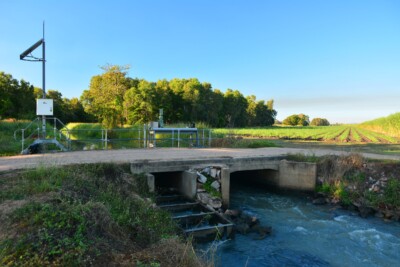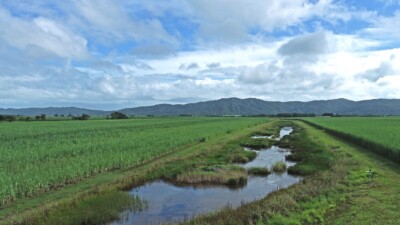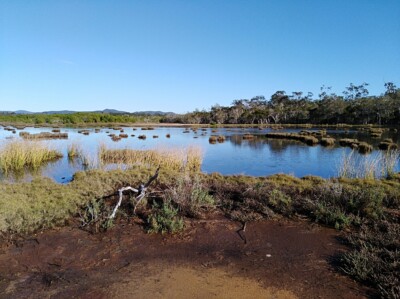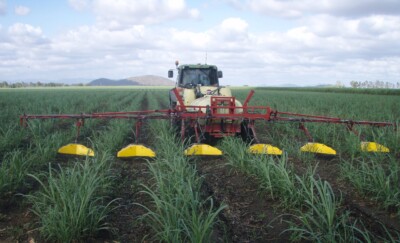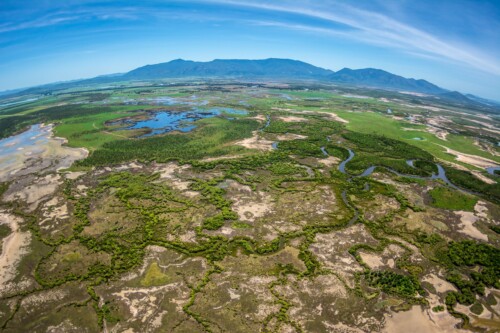Dissolved nutrients

What are the measured costs, and cost drivers associated with the use of natural/near natural wetlands, restored, treatment (constructed) wetlands and other treatment systems in Great Barrier Reef catchments in improving water quality? [Q4.8]
Authors: Megan Star1,2, Syezlin Hasan3, James C R Smart3, Carla Wegscheidl4
Affiliations: 1Star Economics, 2Central Queensland University, 3Griffith University, 4Department of Agriculture and Fisheries
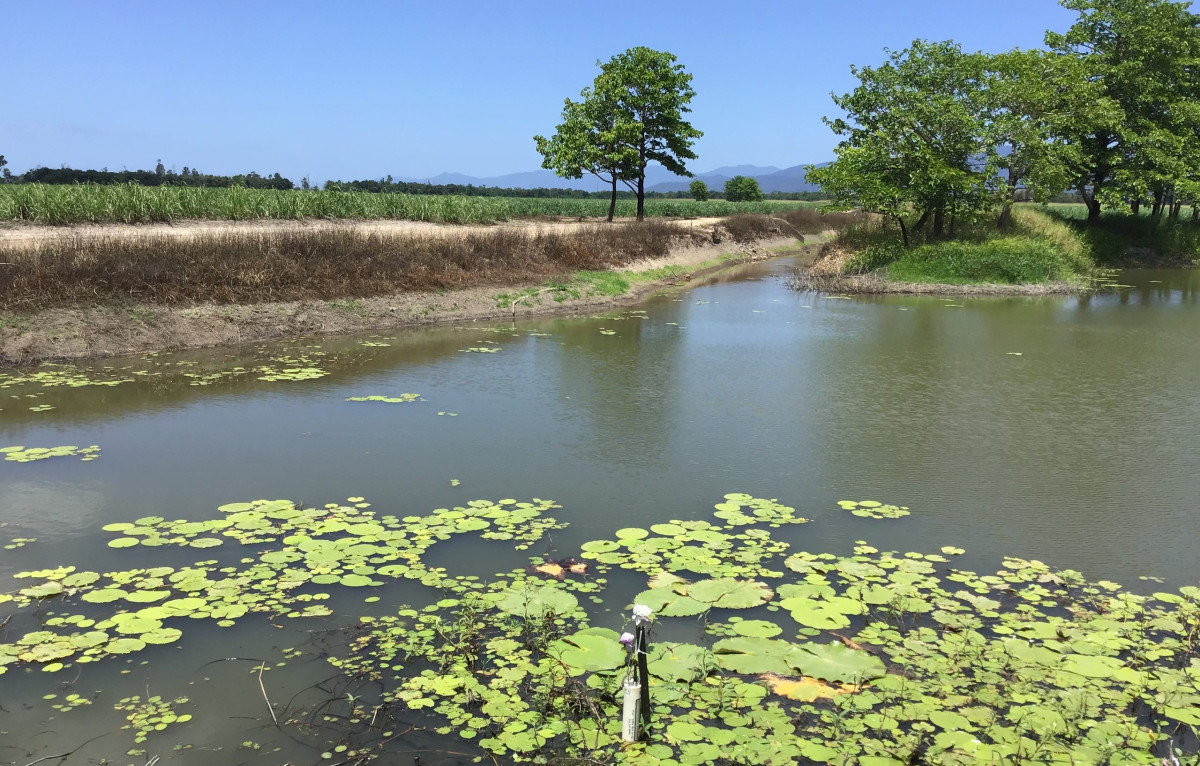
Evidence Statement
The synthesis of the evidence for Question 4.8 was based on 56 studies undertaken mostly internationally (only 9 were from Australia) and published between 1990 and 2022. The synthesis includes a High diversity of study types (41% modelling, 39% reviews and 20% observational), and has a Moderate confidence rating (based on High consistency and Moderate overall relevance of studies).
Summary of findings relevant to policy or management action
A limited number of studies have fully assessed the cost-effectiveness of wetland systems (including natural/near natural wetlands, restored, treatment/constructed wetlands and other treatment systems) in the removal of pollutants in the Great Barrier Reef catchment area. Within the available studies, measured costs have been reported for treatment systems using best practice approaches. These measured costs include upfront costs, ongoing costs and in some instances the opportunity costs, reported over a specified time using standard discount rates[1]. There is limited understanding of the variation of costs across different types of wetland treatment systems in the Great Barrier Reef. International studies contained relevant information, but transfer of the findings to the Great Barrier Reef can be challenging because of differing climatic and policy contexts. Overall, it was identified that cost-effective nitrogen reductions can occur when a wetland treatment system is designed at a landscape scale (i.e., subcatchment or catchment) taking into account broader landscape processes including hydrology and topography and the links between them. Many studies showed that the strongest driver of cost-effectiveness for wetland projects was the effectiveness of nitrogen removal based on initial placement in the landscape, landscape characteristics such as nutrient inputs, vegetation, rainfall, hydrology and topography, comprehensive planning and design, and ongoing maintenance of the project. International studies highlighted that long term investments were most successful when there was a clear definition of investor’s objectives and outcomes, which were reflected in policy and program design, and subsequent projects.
[1] Discounting brings costs in future years back into current dollar terms. Discount rate is the rate at which this occurs and is typically 5-7%.
Supporting points
- Currently, there are no long-term monitored assessments of the cost-effectiveness of nutrient removal from wetlands in the Great Barrier Reef region that are based on complete sets of measurements of both costs and nutrient removals, hindering comparison to other management actions. Measured costs for eight constructed wetlands completed in Great Barrier Reef catchments varied considerably ranging from an annualised present value cost of $3,075 to $31,588 per hectare per year (in FY 2021/22 AUD) over a 25-year period.
- Measured costs and cost drivers for wetland projects designed for pollutant removal can be categorised into studies that assess costs, focus on optimisation and prioritisation or discuss implications for policy and program design.
- The actual costs of projects for different wetland types are driven by several factors including size, construction, opportunity costs, monitoring requirements and maintenance.
- Public and private investors have different objectives and expectations for investment outcomes. This will influence the minimum level of return on investment required for a wetland project designed for pollutant removal to be viable. Furthermore, different investors may seek different outcomes from wetland design and project implementation (e.g., different suites of co-benefits) which could influence the wetland attributes to be incorporated, impacting on project cost.
- Cost drivers of the cost-effectiveness of projects are typically biophysical or associated with policy setting and adoption:
- Biophysical cost drivers include consideration of whole-of-system landscape processes (such as hydrology, receiving water quality, and topography of the landscape at a paddock and overall catchment scale), the current land use, the quantity of nutrient inputs in relation to wetland size, residence times, pollutant type and whether or not there are opportunities for co-benefits.
- Policy setting and adoption cost drivers include specific requirements under incentive programs such as inclusion of certain locations, period of management, maintenance and/or monitoring requirements, complexity of application processes, and opportunities for secondary benefits.
- Measured costs of wetland projects need to be captured over a consistent timeframe and discount rate to evaluate the effectiveness of programs. This includes costs during the pre-construction phase (e.g., conceptualisation, design, planning, landholder engagements, approvals), construction phase (e.g., earthworks, planting), and post-construction phase (e.g., monitoring, maintenance, repair).
- Long-term opportunity costs and ongoing maintenance costs must be considered in assessing the cost effectiveness of wetland projects. These are also important considerations in defining the length of funding programs and monitoring requirements, potentially (and most likely) extending beyond the life of the initial funding program.
- Opportunities to deliver co-benefits such as biodiversity outcomes from wetland restoration projects are well documented, particularly in large landscape-scale wetlands. The details of the co-benefits being sought must be included from the initial project design as well as the policy and program design. These may also require different monitoring and reporting, and potentially be influenced by different cost drivers that must be considered.
- Long-term international projects (in Denmark and Sweden) have demonstrated that average costs of nitrogen abatement for individual wetland projects typically increase (after correcting for inflation) as the number of willing landholders declines, and the locations where wetland treatment is likely to be most effective are already utilised. Furthermore, if implementation is undertaken at landscape scale (i.e., where a number of landholders are required to be involved to achieve the best outcomes), the transaction costs incurred in obtaining landholder participation will increase further.
- Internationally, management approaches undertaken in the edge of headlands or vegetated drains and buffer strips have been implemented as best management practices. However, such practices can also generate unintended negative impacts for landholders such as introduction of invasive species (e.g., pigs) or difficulty in headland management (e.g., less available space and increased water retention on headlands leading to getting bogged). Studies from Canada, the United States, Denmark and Sweden also indicate that burdensome management requirements (e.g., monitoring and reporting, labour intensive tasks such as hand pulling weeds) can deter farmers from signing up to wetland incentive programs.

